#labyrinth of crete
Text

WELCOME TO THE LABYRINTH!
ENTER ONLY ASSORTED HYBRIDS
you present your i.d like you need it when your head is a slobbering wolf, tongue lolling out of your open mouth. the i.d says you’re of age and a prodigium.
BAD OMENS GET FREE DRINKS UNTIL 11PM
MONSTERS OF DIVINE PUNISHMENT GET COMPLEMENTARY COCKTAIL
in the neon lights of the labyrinth, a lion with a human head asks you: what’s your omen?
you tell him that you don’t know. they tossed you to the river before you could found out. monstrum, you say, not miraculim . obviously, it’s easy to tell just from looking at you. you grab your tongue like it’s dead weight and put it back inside your mouth, clamping your teeth together manually.
OPEN VACANCY
NO ROOM SERVICE UNLESS A HUMAN WALKS IN
the lights and colours and the sound of the party follow you down the corridors of the labyrinth. there are no doors, just open gaps on the walls that lead to chambers. half-things are sleeping on the beds. some so big the are more than partly on the floor. people are growling.
a bird with two heads and two sets of wings pops her head out of her chamber and says: i would hide if i were you. her second head says: not here, though!
SIMILARITIES BETWEEN GUESTS WON’T SAVE YOU FROM DEATH
WATCH YOUR STEP AND WHO YOU TALK TO
the minotaur bellows from the heart of the labyrinth after you find a chamber with a two-headed serpent, like that bird, who sleeps under the bed. so you take the mattress. they hiss from beneath you: welcome— home.
ALWAYS FELT OSTRACISED?
YOU’VE FOUND YOUR FOREVER HOME
intimacy
19 notes
·
View notes
Text

Ancient coins depicting the labyrinth from Knossos, Crete. Greek myths said that the rulers of Knossos built a labyrinth, at the center of which was a formidable minotaur. The stories tell of an Athenian hero, Theseus, who braved the maze and took on the monster.
{WHF} {Ko-Fi} {Medium}
3K notes
·
View notes
Text

Bonding with the half-brother 🐮🧶✨
Or, Ariadne and Asterion (the Minotaur) spend some quality time together because f*ck Theseus 💅😌✨
#greek mythology#ariadne#minotaur#asterion#crete#minoa#minoan art#Ariadne's outfit is inspired by ancient minoa#since the myth of the minotaur and the labyrinth is related to knossos palace#i thought that would be nice#ancient greece#ancient minoa#theseus#ancient greek mythology#ancient history#mythology#mythology and folklore#cretan mythology#king minos#pasiphae#phaistos
625 notes
·
View notes
Text

The House of Asterion by Piero Vettori
#minotaur#labyrinth#asterion#art#piero vettori#illustration#greek mythology#mythical creatures#crete#cretan#cretan bull#bull#maze#mazes#mediterranean#ancient greece#ancient greek#classical antiquity#jorge luis borges#monster#monsters#history#europe#european#house of asterion#the house of asterion
399 notes
·
View notes
Text

The House of Asterion 🌙🐂

197 notes
·
View notes
Text
How cruel to name a child for the stars and bury him beneath the ground.
To allow a child to grow and live in his own tomb.
You called him "monster" and damned him to that fate. A child who is hungry will eat, and you sent him his brethren.
The starry one, dreaming of the night sky, his father from the heavens above looking down on him beneath the earth.
A child interred, wandering alone in an endless maze.
The prince of the Labyrinth, destined to die by the hand of a hero. The last act needed to condemn him to his title "monster".
#writeblr#original poem#writers and poets#girlhood#poetry#sad poem#asterion#minotaur#labyrinth#theseus#greek mythology#isle of crete#greece#starry one#he's just a baby#my baby#i love him#when you call a child a monster and have him feast on the flesh of his fellow man#his monstrous traits are merely a mirror with which you view your own#spilled poetry#i have so many thoughts#fuck minos
35 notes
·
View notes
Photo
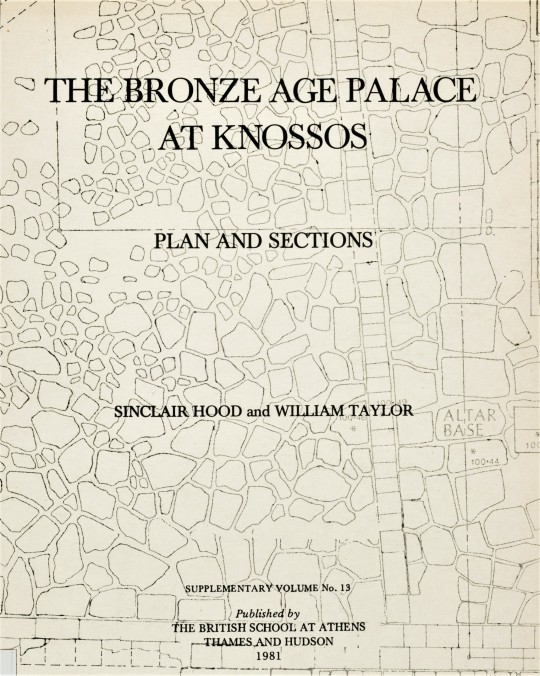
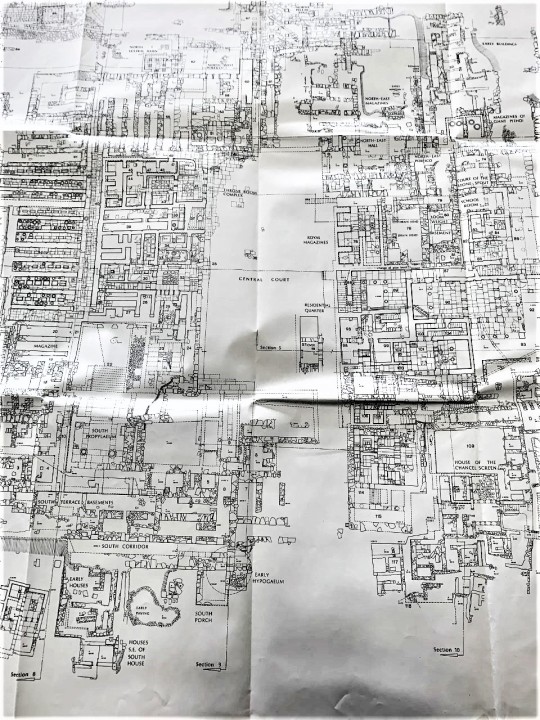
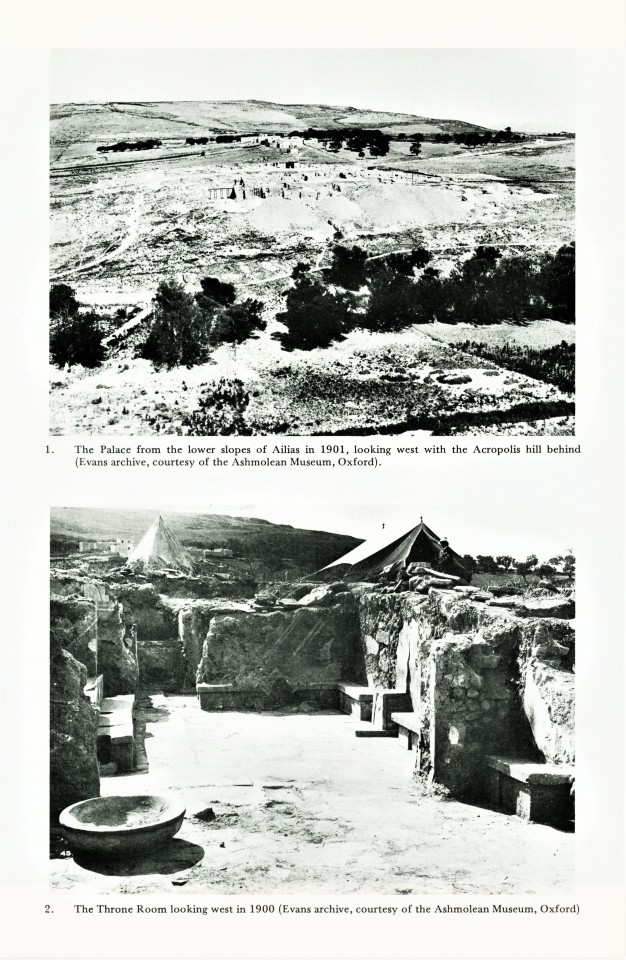

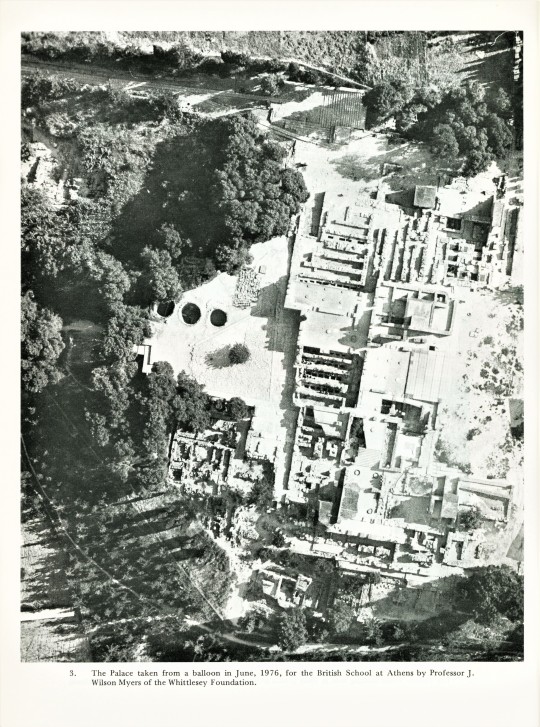
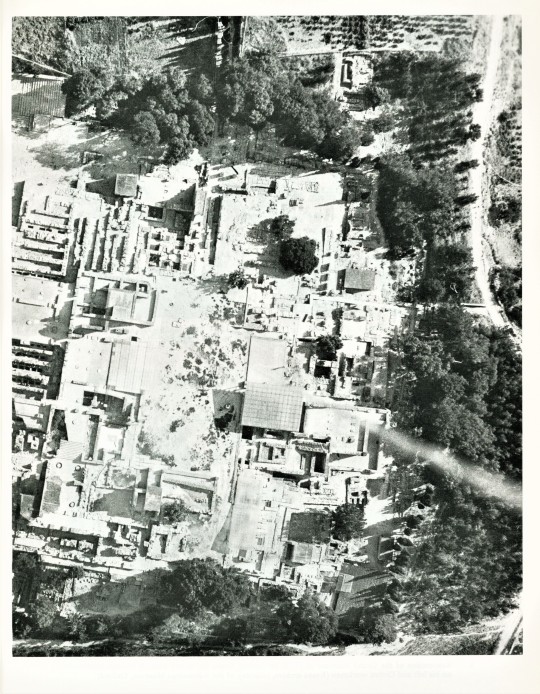


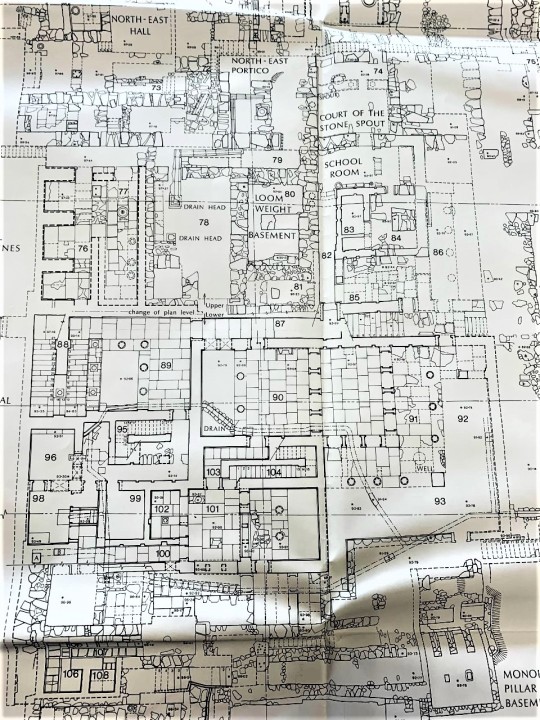
The Minotaur in the Labyrinth
The Minotaur in the Labyrinth stands as one of the ancient stories that has survived the test of time and continuously appears in mainstream entertainment. Most understand that this concept began with the story of Theseus of ancient Athens and how he navigated the labyrinth and slayed the beast within, but many don’t know the inspiration of this idea.
Nearly a millennia before Classical Greece rose to the height of its power (500-350 BCE) the two leading cultures of the Aegean Sea were the Mycenaeans on the mainland and the Minoans on modern day Crete, and it is on this island that we find the labyrinthian structures of Bronze age Greece.
The Bronze Age Palace at Knossos: Plan and Sections by British archaeologist Sinclair Hood and Canadian archaeologist William E, Taylor, Jr., was published as Supplementary Volume No. 13 of The British School at Athens in 1981. It shows the archaeological remains of one of the many Minoan Palaces. Though mostly destroyed and crumbling, we can still see the complex layout of halls and rooms that twist, turn, and abruptly end. Beginning with the excavations of Sir Arthur Evans in 1900, scores of theories have been raised about the purpose of such confounding architecture, from a form of defense to a means of controlling foreign visits.
Besides the confusing architecture, though no depictions of minotaurs were found, Minoan Palaces such as the one at Knossos did contained several pieces of art that depicted bulls. Upon further inspection, the symbol of the Bull was quite prominent throughout the ancient culture from sports, such as bull leaping, to religious sacrifice.
When looking to those who lived in the past, one should remember that we are not the only ones who inquired about archaeological remains. These ruins would’ve been seen by the Classical Greeks, but by that time their imaginations about the great Palaces and Bull iconography of the Minoan civilization was transformed into the myth of the Minotaur in the Labyrinth.
View more posts on Ancient Greece.
-- LauraJean, Special Collections Undergraduate Classics Intern
#Ancient Greece#Minotaur#labyrinth#Minoans#Knossos#The Bronze Age Palace at Knossos#bronze age#Palace at Knossos#archaeology#Sinclair Hood#William E Taylor Jr.#British School at Athens#greek mythology#Crete#LauraJean
318 notes
·
View notes
Text
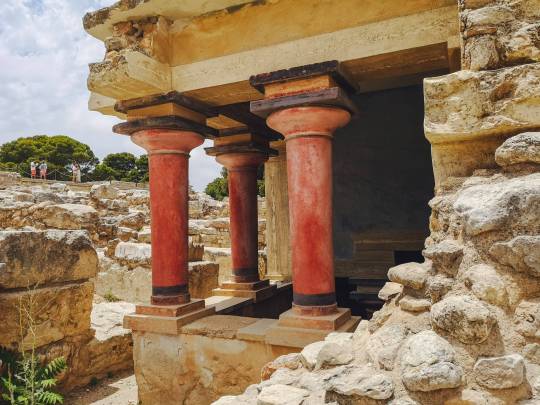


Knossos Palace / throne room



Ikana Castle
#crete#isle of crete#minoan#knossos#throne room#archaeology#palace#labyrinth#legend of zelda#zelda#majoras mask#ikana kingdom#ikana
8 notes
·
View notes
Note
Ask game! 30?
I'm gonna be super honest and say I can't find which Ask Game this is about because Tumblr's search function and I are equally technologically challenged.
#asks&answers#I am in my Asks box for the first time in a long time because I forgot to even think if anyone would ever send me asks#reblogs ask games - never checks inbox - reblogs more asks games#trapped in a vicious cycle of my entire design#someone call the King Minos of Crete because have I got a new torturous labyrinth idea to pitch to him
3 notes
·
View notes
Text
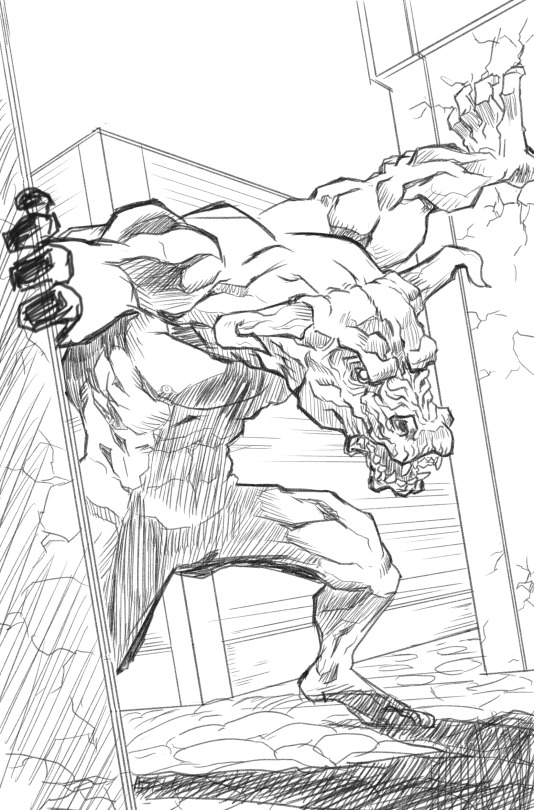
Monster Month Day 4- Minotaur
About the last thing you want to see if you're an Athenian teen, full of hope, dreams and calories.
#greek#mythology#greek mythology#monster#pencil#art#illustration#illustration digital#digital illustration#cowboy#kidgalactus#labyrinth#crete
4 notes
·
View notes
Text


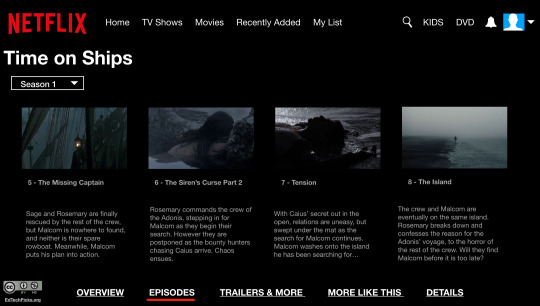
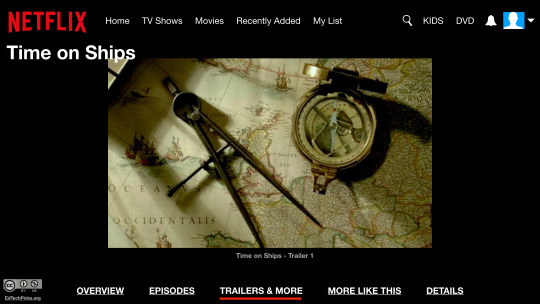
Haha no girl don’t completely rework your wip the month of exams!
Me: hmm yes I’m reworking the wip
um anyway I saw @corkywantstowrite do this and it just captivated me and actually motivated me to make a plot not just vibes??? Unheard of??? Mysterious???
here’s the template: https://edtechpicks.org/2019/11/netflix-template/
All photos are from Pinterest btw
#My guys ain’t doing well in any multiverse#sage oc#rosemary oc#caius oc#turpin oc#malcom oc#sergei oc#ramblings#Netflix meme#wip: time on ships#My work! If you steal I will imprison you in a labyrinth for the safety of Crete!!
6 notes
·
View notes
Text
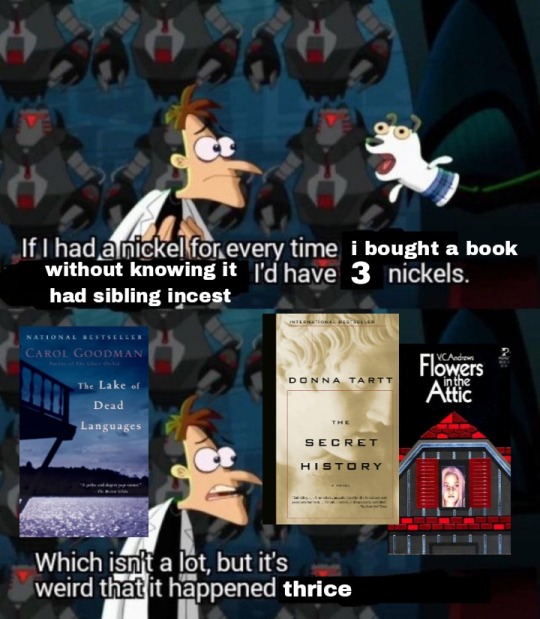
i am 200 pages into lake of dead languages. if i'm wrong i don't want to know everyone shut up.
#i'm coming out of reading a tiny novella on the labyrinth of crete. yes i had to read the conception of the minotaur#so my reaction to this development has been “god. Again?”#seriously what is it with dark academia about greco-roman classics and incest. i wanna know#pia.txt
12 notes
·
View notes
Text
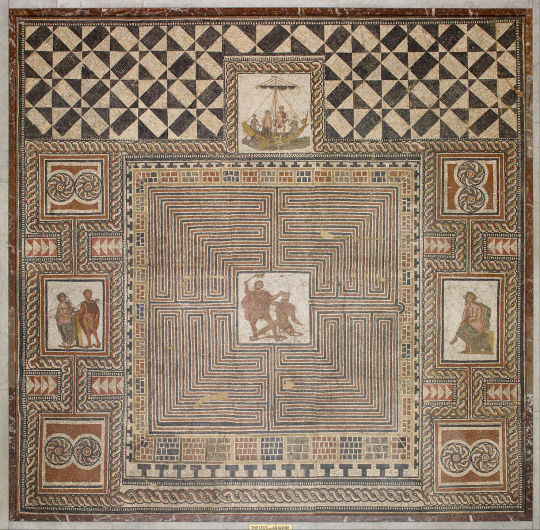
The Theseus Mosaic, which dates to the 300s CE, was found in 1815 in Austria. The mosaic shows the labyrinth that Theseus wandered, with a depiction of his killing of the minotaur at the center. The images around the edges depict Ariadne helping Theseus find his way out with a thread, Theseus boarding his ship, and Ariadne in mourning.
{WHF} {Ko-Fi} {Medium}
427 notes
·
View notes
Text
Black Rock City: The Burning Man 2023 1.2
Black Rock City. A cidade mais incomum da Terra – As viagens de Antônio. 22 de jun. de 2022
Neste vídeo, Antônio mostra sua viagem ao deserto de Nevada, EUA, e mais especificamente ao evento, Black Rock City, também conhecido como Burning Man. Este foi um evento gratuito que aconteceu em 2019 e é realizado todos os anos. Não só a entrada é gratuita, como as comidas e bebidas também são…

View On WordPress
#Adanko of the Akan people#animalia#Black Rock City. A cidade mais incomum da Terra. As viagens de Antônio#Black Rock City: The Burning Man 2023 1.2#Burning Man’s annual Honoraria art grant program#como as comidas e bebidas também são gratuitas#conceito de luxo#entrada é gratuita#Existe Guarani em São Paulo#fusca gigante#Native American traditions#Neanderthal ancestors#the ancients of the Mediterranean region#the animal-headed gods of ancient Egypt to the Aztecs’ Tezcatlipoca#the form of a jaguar#the hero Bre’r Rabbit#the Labyrinth of the Minotaur of Crete to the Isle of Doctor Moreau#the trickster Coyote#Virtual Burn offered opportunities for interactivity and participation showcasing the boundless creativity of the global Burning Man communi
3 notes
·
View notes
Text

The Minotaur by George Frederic Watts
#minotaur#art#george frederic watts#asterion#greek mythology#labyrinth#mythical creatures#mythology#ancient greek#ancient greece#classical antiquity#crete#cretan#cretan bull#bull#mediterranean#symbolism#symbolist#sea#monster#monsters#beasts#bird#europe#european
299 notes
·
View notes
Quote
Despite the preponderance of labyrinth myths and images, no remains of a labyrinth have ever been located in Crete. I want to offer another interpretation: The labyrinth was never a static object or a place. It was never a stone corridor. Instead, it was an event. It was a ritual dance to honor the bull and the annual rising of certain constellations. Each ‘passageway’ was a chain of human hands, a serpentine gyration of gestures. The labyrinth was only ever the sacred relationship between people dancing—ecstatically, kinetically—inscribing the patterns of the sky into the soft dirt of the ground.
Sophie Strand, The Flowering Wand: Rewilding the Sacred Masculine, p. 28
10 notes
·
View notes